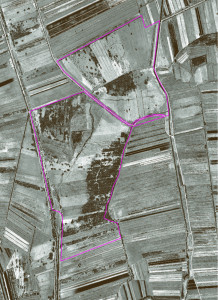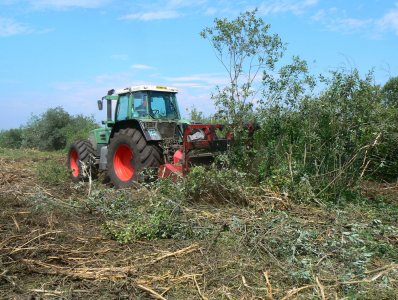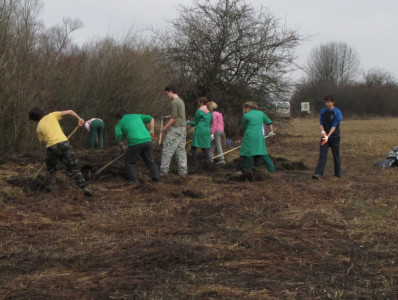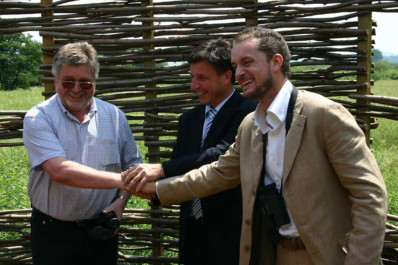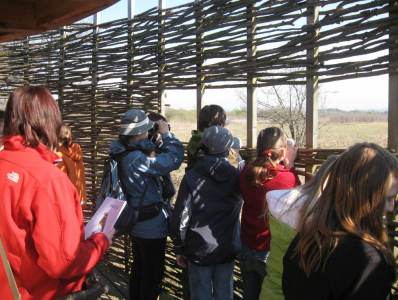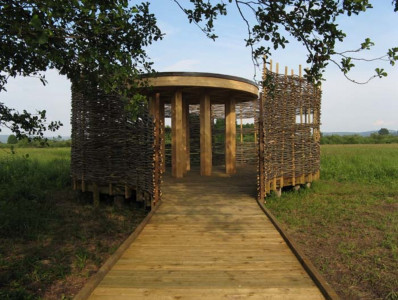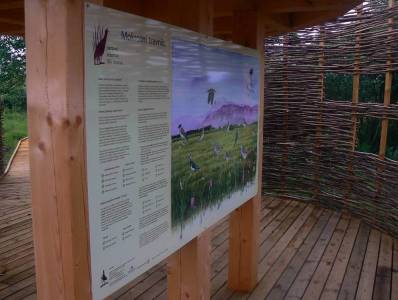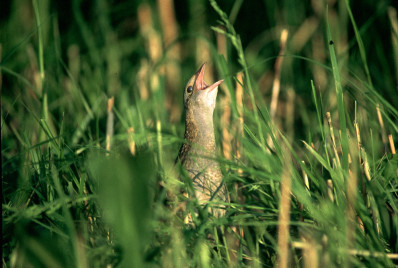Formation of the Reserve
| 1960 | Over 50 years ago the Iški Morost area was nothing but meadows. There were no overgrown areas, very few hedges, individual bushes and trees. Over the next few decades the area slowly began to overgrow as the use of the majority of meadows was abandoned, previously they had been mowed to provide bedding and fodder for horses. |
| 1998 | Conservation efforts of DOPPS-BirdLife Slovenia in this area started in the 90’s, when the members of the society began to remove scrub vegetation in the overgrown area of Vrbovski tali. |
| 2004 | The reserve started to get its present form, when the society began to run the three year LIFE Nature project »Establishing long-term protection of Crex crex in Slovenia« (2004–2007) and started to buy and ecologically restore land. |
| 2006 | We started to prepare the educational trail, which runs through the nature reserve today. We cleaned the thick shrub on the 1.5 km long section of the trail and prepared everything necessary to set up a central observatory and information boards. By doing this we wanted to show the typical habitats and how their existence depends on farming methods. |
| 2007 | In June of 2007 the area of 63.5 hectares officially opened to the public. The name Iški Morost was given to the new founded reserve by the locals of Ig and surrounding areas. In October 2008, the Iški morost was officially proclaimed as a nature reserve with the admission of Decree on the Ljubljana Marsh Nature Park (Official Gazette of RS, No. 12/08). |
| 2008 | In 2008, the Corncrake’s educational path and bird observatory received the prestigious award Zlati svinčnik (Golden pencil) in the category of Landscape design, awarded by the Chamber of Architecture and Spatial planning of Slovenia. The committee quoted that the basis for their decision was the exceptional quality of the landscape – architectural design and the responsible approach to the integration of new programs in the sensitive area. |
| 2010 | In the years following the restoration work, the areas with wet meadows notably flourished. The number of singing male Corncrakes, endangered grassland bird, that have not been noted in this area since 1999, was increasing steadily.
|
| 2013 | The society cooperated with the Ljubljana Marsh Nature Park and extended the Corncrake’s educational path, which as a result has become circular. We placed new information boards, equipped the new part of the trail and produced a booklet that guides you along the educational trail. |

